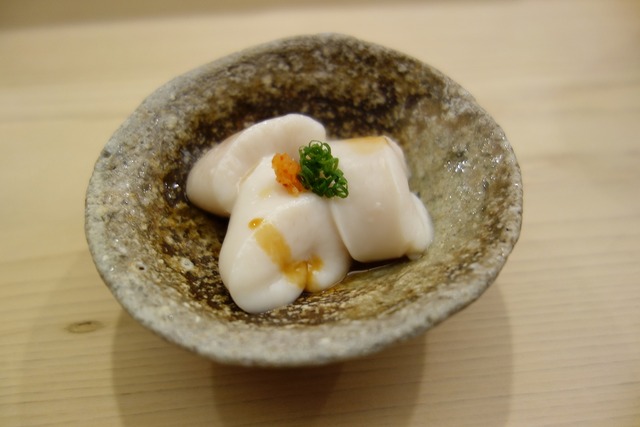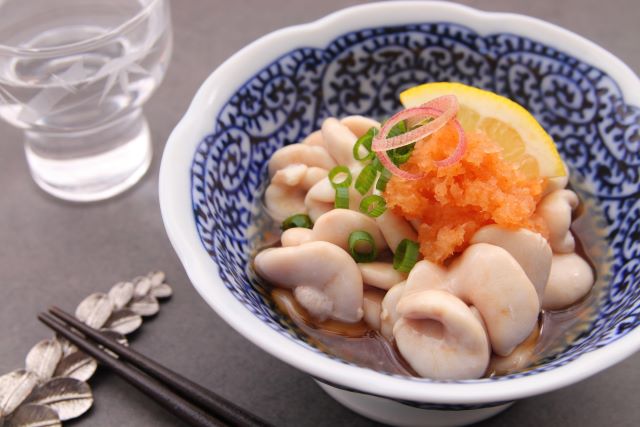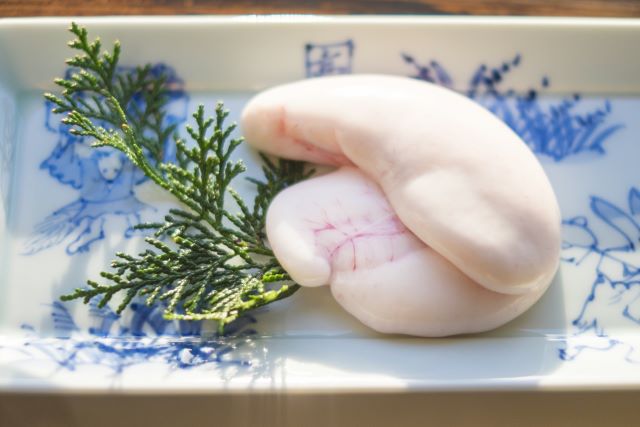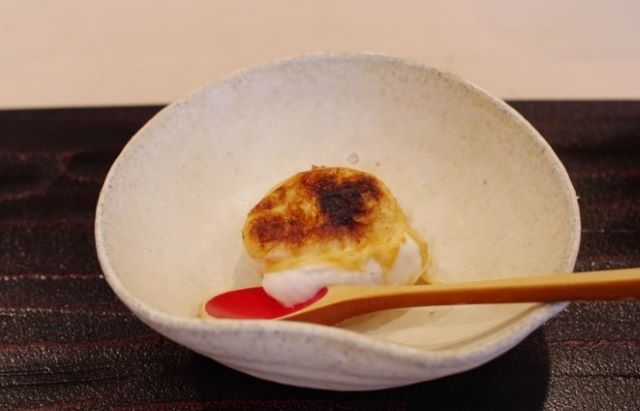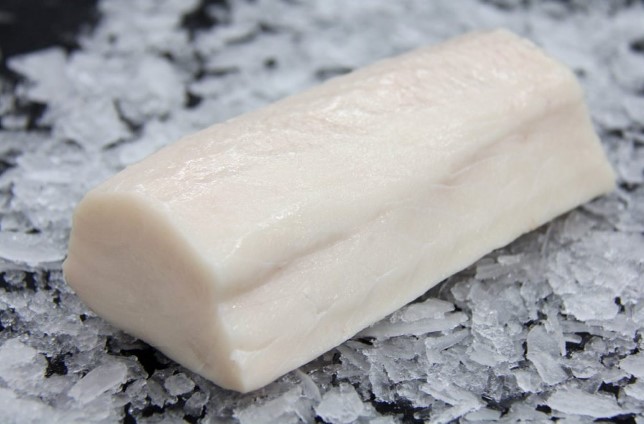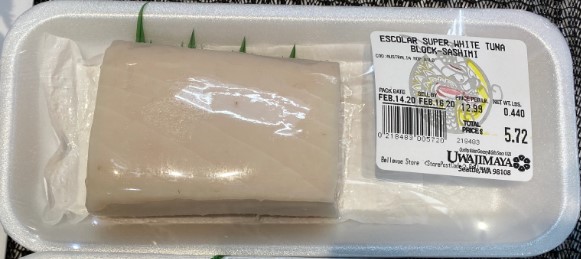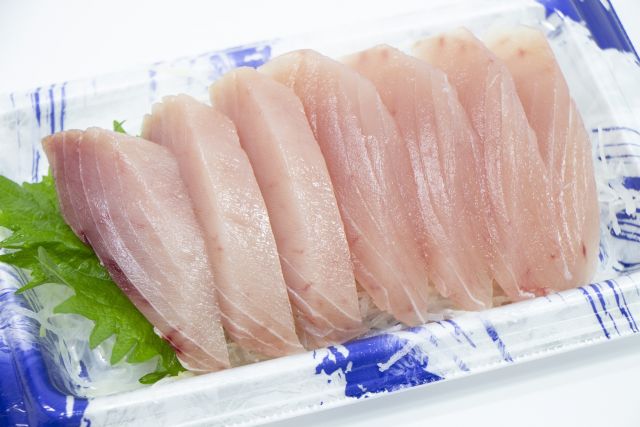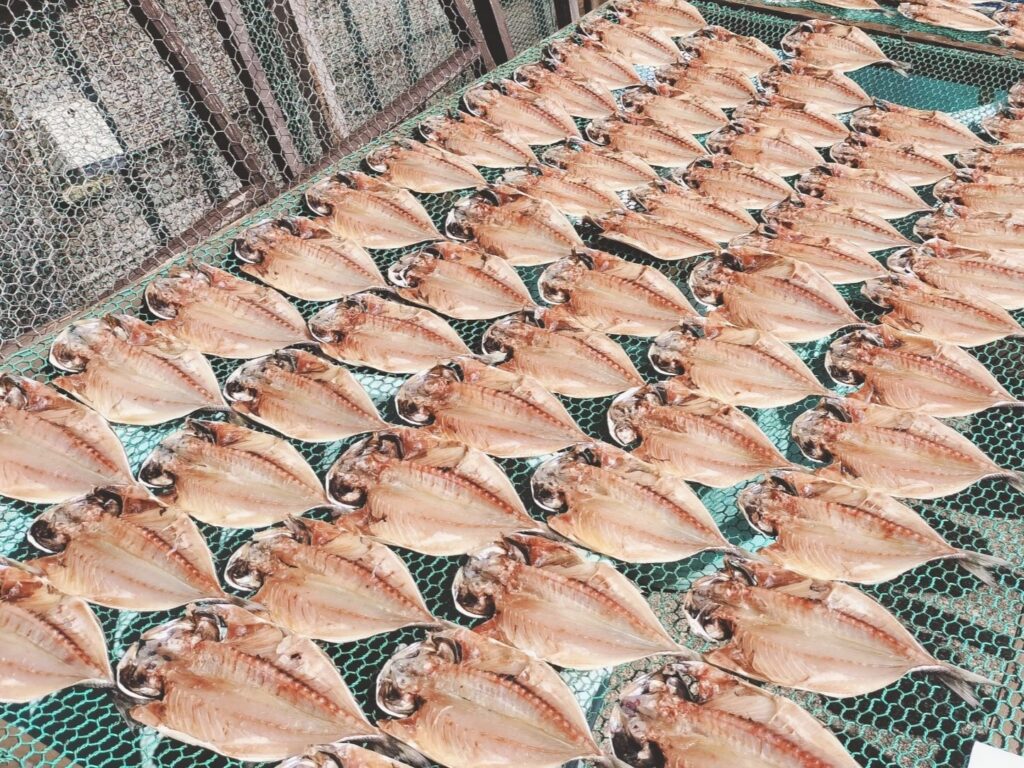
Cod has long been an important source of nutrition for mankind. The European culture of cod has a particularly long history, and it is no exaggeration to say that Atlantic Cod has supported European civilization for more than 1,000 years. Salted and dried cod have been used as a high-quality preserved food in every country since ancient times and has supported human history.
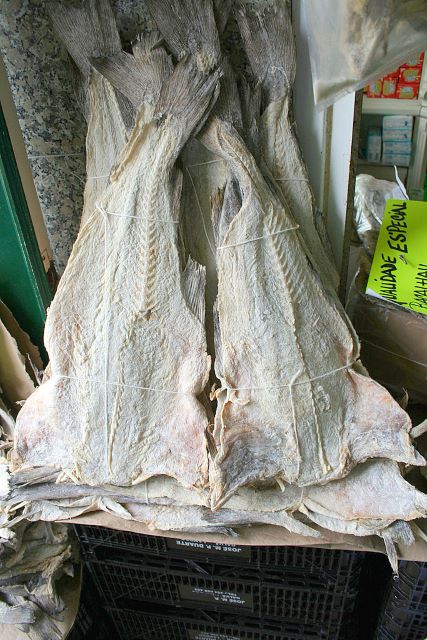
One reason for the development of dried fish is that there were good fishing grounds in Iceland, the Arctic Ocean, and the continental shelf of North America, far from the major consumption areas of Europe. Another reason is that cod is difficult to distribute in its raw form, so it is difficult to control freshness. Because it loses its freshness so quickly, cod has historically been distributed either as a very salty salted product or as dried fish that has been dried like sticks. Humans have used the wisdom of preservation and endured hunger for various foods. Cod is just one example of the history of dry food.
First, we would like to begin by identifying what we mean by dry food or dried fish.
Dried foods are not simply raw seafood, vegetables, wild vegetables, or other foods that have had the water removed from them, but are better described as foods that have been exposed to the sun’s energy, which changes the ingredients in the food and adds further value to it. he effects of the sun’s energy are significant, generating the power to sterilize, bleach, preserve, and amplify umami, aroma, vitamins, and many other nutrients.
Food deteriorates and spoils over time. This is due to the action of enzymes and microorganisms contained in the food, oxidation, and other factors. Enzymes and microorganisms generally become less active when the moisture content of the food is below 40%, and almost dormant at 15% or less. Furthermore, when the moisture content falls below 10%, most changes induced by enzymes and microorganisms cease. In other words, by drying food to remove moisture, enzymes, and microorganisms stop working, and food deterioration and spoilage are less likely to occur, thus increasing shelf life. So, dried food is the best preservative food that has a shelf life while keeping the umami of the food locked in.
In Japan, dried food is used as a generic term for foods that have been dried. On the other hand, dried fish refers to dried seafood. This is not a mistake, as dried food also includes dried fish and shellfish, but the line between dried food and dried fish is difficult to draw.
Some classify dried food as that which has been completely drained of water and can be stored at room temperature and dried seafood as that which has only been moderately drained of water to bring out the flavor of the ingredients and needs to be kept refrigerated.
There is also a classification of dried food as that in which the salt content in the ingredients is low, and dried fish as that in which the salt content in the ingredients is high.
Dried foods include foods other than seafood, such as dried meat, dried vegetables, and dried fruits, but this section will mainly discuss dried foods only.
Dried fish was originally processed to preserve large numbers of fish caught at one time when freezing technology had not yet been developed. Dried fish has a long history in Japan, and some books indicate that there were several dried fish stores in Kyoto during the Heian period (794-1185). The history of dried fish is said to be more than 10,000 years old.
Now, let us try to classify dried fish according to the different ways of drying.
Shioboshi (塩干し)
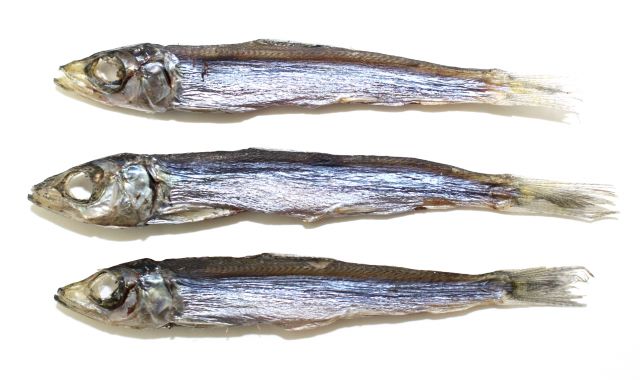
Shioboshi is a fish soaked in salt water and then dried in the sun or by machine. There are two types of Shioboshi: Maruboshi, which is dried as it is, and Hirakiboshi, which is dried after removing the entrails.
Suboshi (素干し)
Suboshi is a dried fish or shellfish that has been dried without seasoning.
Niboshi (煮干し)
Niboshi is a dried fish made by boiling the raw fish in salted water and then drying it. Typical examples are anchovies and other sardines, which are used for cooking broth or made into chirimenjako (dried sardines). It is low in fat and has few peculiarities, so it can be used to make dashi that has an elegant and sweet taste.
Yakiboshi (焼き干し)
Yakiboshi is a dried fish that has had its entrails removed, roasted over a charcoal fire, and dried. Unlike Niboshi, which are dried after boiling, yakiboshi does not lose any of its flavor and is said to produce a pure and rich broth. The most famous type of Yakiboshi is Ago (Flying fish yakiboshi).
Chomiboshi (調味干し)
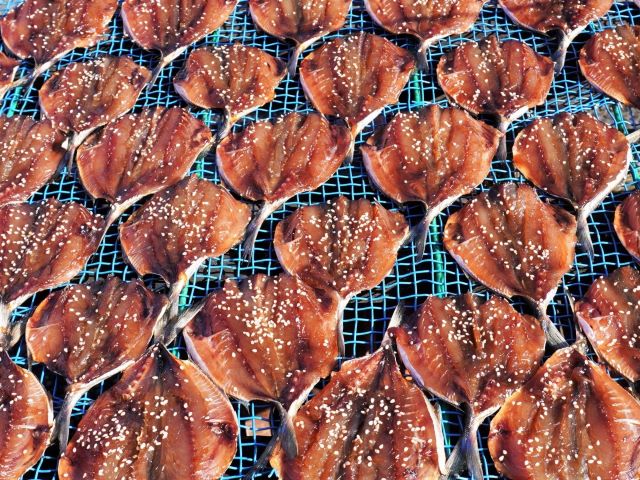
Chomiboshi is a dried fish that is seasoned by soaking the raw fish in a seasoning solution during the manufacturing process. Mirinboshi is the most common type of Chomiboshi, which is soaked in a mixture of soy sauce, sugar, mirin, and other seasonings before being dried.
Bunkaboshi (文化干し)
Bunkaboshi is a dried fish made by wrapping the raw fish in cellophane, which allows humidity to pass through, and drying it with moisture absorbent material. The name Bunkaboshi was given to this new drying method as an alternative to sun-drying.
Haiboshi (灰干し)
Haiboshi is made by covering the raw fish with a special film that allows humidity to pass through and then covering it with volcanic ash to absorb moisture. Haiboshi does not expose the fish to air in the volcanic ash, and takes a long time to remove water and excess fat, so the fish is not oxidized, resulting in dried fish with little odor.
Kooriboshi (凍干し)
Kooriboshi is a dried fish made by repeatedly freezing and thawing the raw seafood to remove its water content. This process was born in northern Japan, where winters are severely cold.
Kunsei (燻製)
Kunsei is a dried fish made by heating finely ground wood and using heat and smoke to seafood. The result is a dried fish with a unique flavor. Smoked salmon is famous worldwide.
Fushi (節)
Fushi is a fish that is smoked with heat and smoke from burning wood and dried until hard. It is used mainly to make soup stock for cooking, such as dried bonito flakes.
Types of fish used for dried fish
The following fish are raw materials for dried fish.
Horse mackerel, Pacific saury, Atka mackerel, mackerel, Shishamo, Blackthroat seaperch, Alfonsino, Kinki, Flatfish, Sardine, Herring, Barracuda, Sakura shrimp, Squid, Barracuda, Tilefish, Pacific rudderfish, Cod, Yellow sea bream, Halfbeak, Abalone, Sea cucumber, Firefly squid, Mako shark, Shellfish, Clam, Sandfish, Salmon, Green eel goby, Erabu sea snake, Flying fish, Starspotted smooth-hound, Fivespot flounder, Sea cucumber, Octopus, Moray eel, Sweetfish
In summary
If the purpose is only to preserve fish, it is better to remove a lot of water. The fish is not only preserved, but the water content is adjusted for texture and flavor, and in addition, proteolytic enzymes in the fish tissue work to produce new free amino acids, increasing the taste. This, we feel, is the very preparation of sushi toppings. The preparation of Edomae sushi has evolved from a sort of the certain struggle of preserving fish as much as possible. We can’t help but think that the know-how of making dried fish is utilized in this process.
